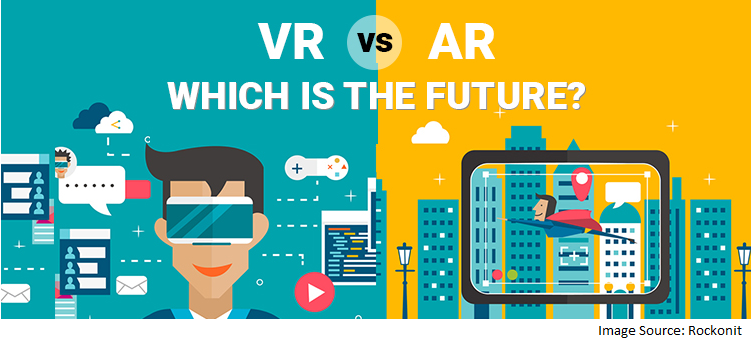
What Is Virtual Reality?
VR headsets completely take over your vision to give you the impression that you’re somewhere else. The PlayStation VR 2, the Meta Quest 2, the Valve Index, and other headsets are opaque, blocking out your surroundings when you wear them. If you put them on when they’re turned off, you might feel as if you’re blindfolded.
What Is Augmented Reality?
While virtual reality replaces your vision, augmented reality adds to it. AR devices, such as the Microsoft HoloLens, the original Google Glass, and various enterprise-level “smart glasses,” are transparent, letting you see everything in front of you as if you are wearing a pair of clear glasses.
The technology is designed for free movement while projecting images over whatever you look at. The concept extends to smartphones with AR apps and games, such as Pokemon Go, which use your phone’s camera to track your surroundings and visually overlay additional information on top of it.
What are some examples of augmented reality and virtual reality?
Augmented reality entails abundant — and growing — use cases. Here are some actual applications you can engage with today.
- Ikea Place is a mobile app that allows you to envision Ikea furniture in your own home, by overlaying a 3D representation of the piece atop a live video stream of your room.
- YouCam Makeup lets users virtually try on real-life cosmetics via a living selfie.
- Repair technicians can don a headset that walks them through the steps of fixing or maintaining a broken piece of equipment, diagramming exactly where each part goes and the order in which to do things.
- Various sports are relying on augmented reality to provide real-time statistics and improve physical training for athletes.
Beyond gaming and other entertainment cases, some business examples of virtual reality include:
- Architects are using VR to design homes — and let clients “walk through” before the foundation has ever been laid.
- Automobiles and other vehicles are increasingly being designed in VR.
- Firefighters, soldiers and other workers in hazardous environments are using VR to train without putting themselves at risk.

